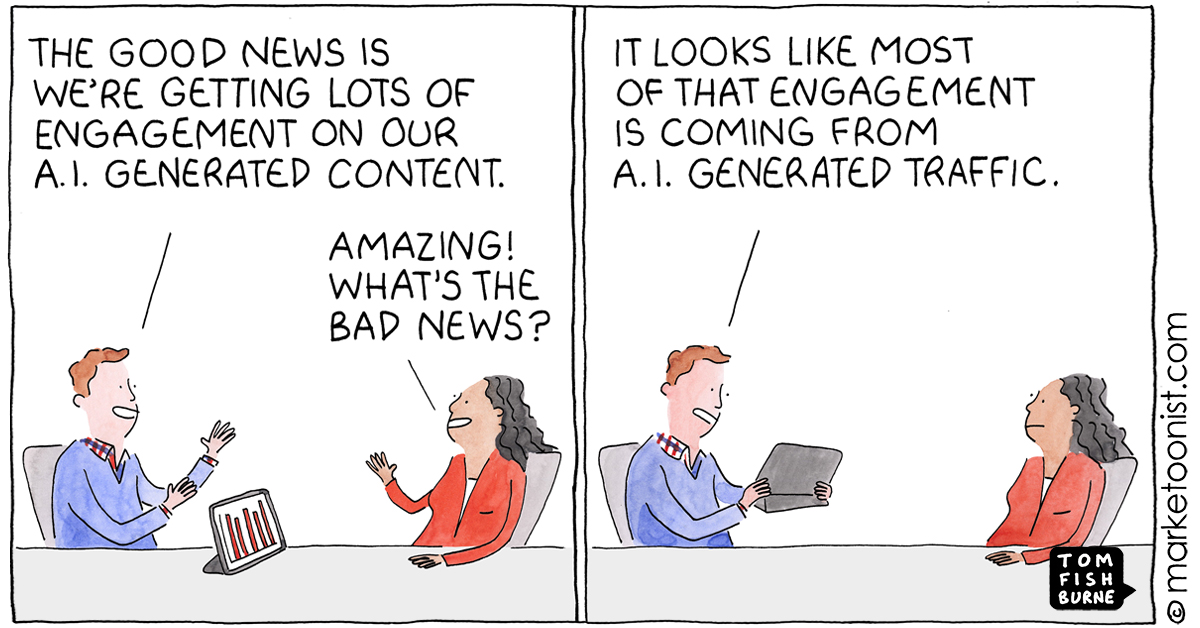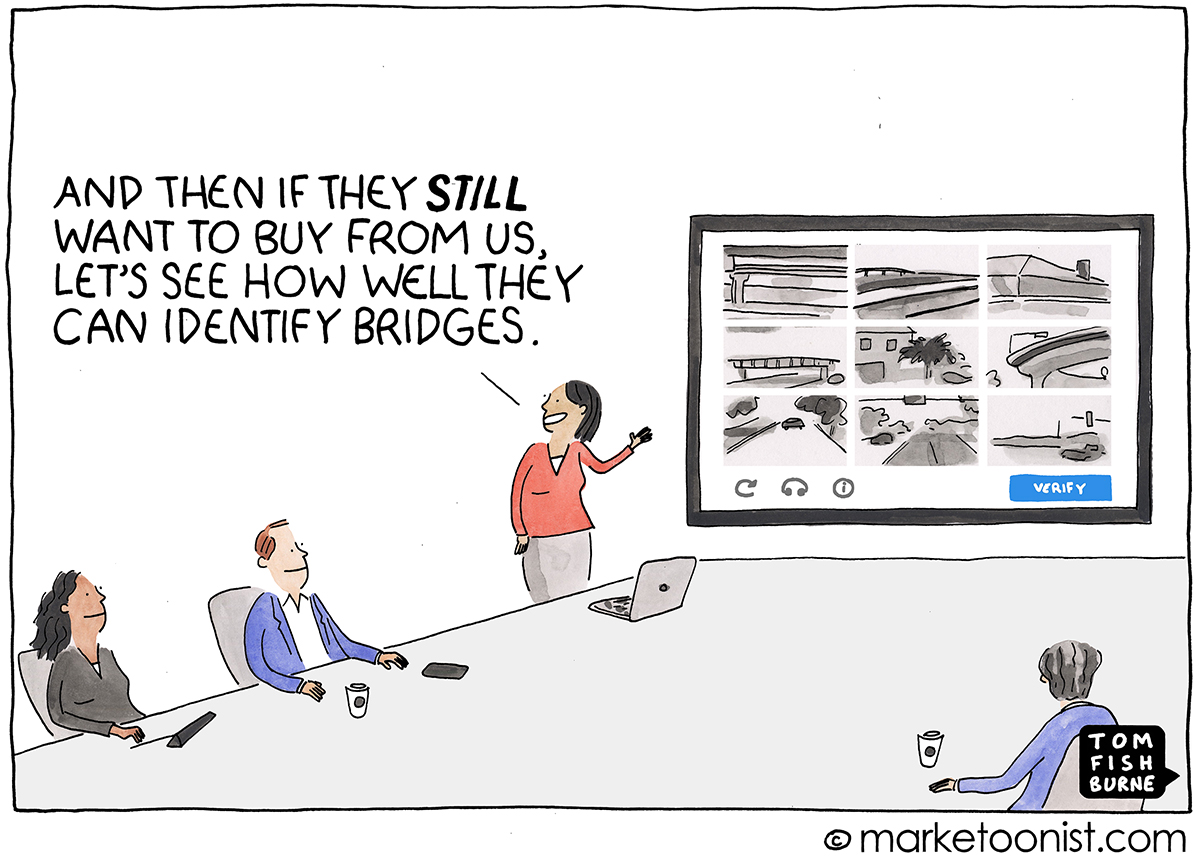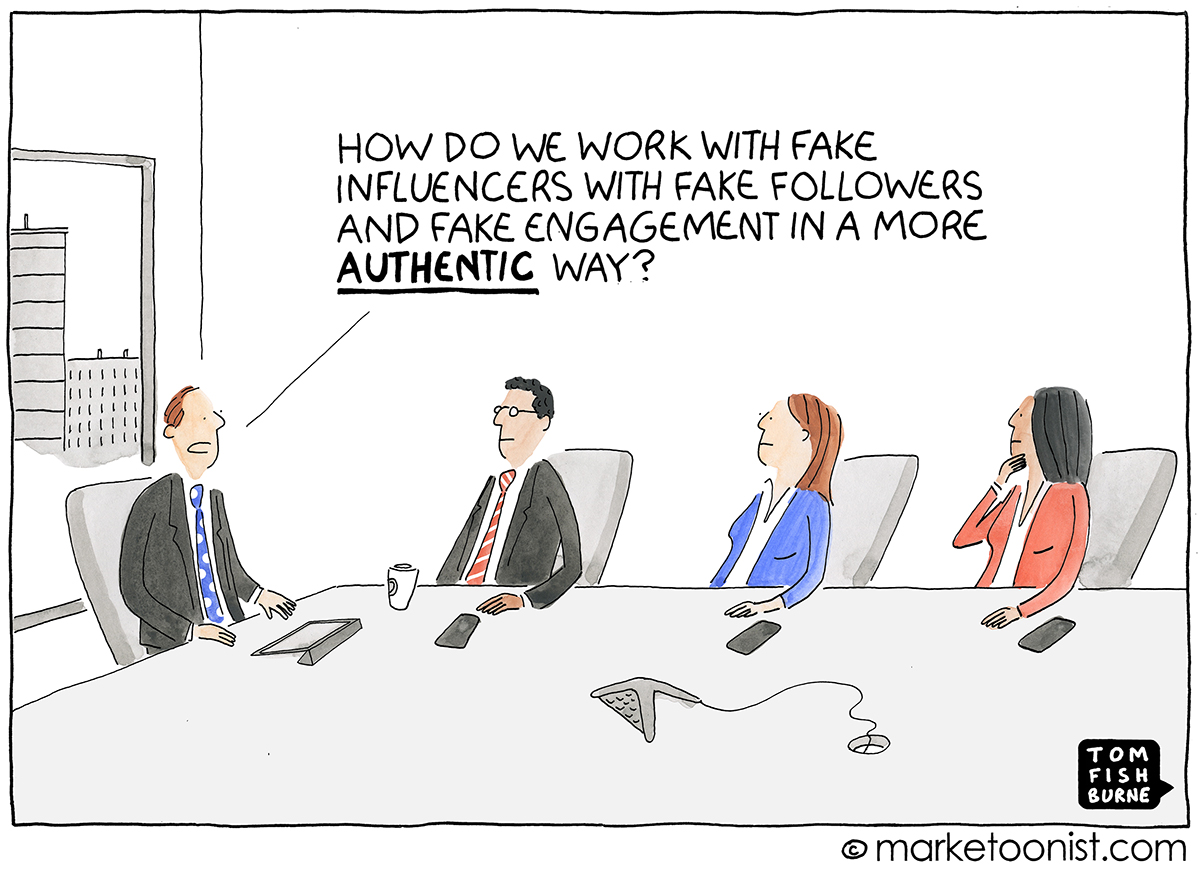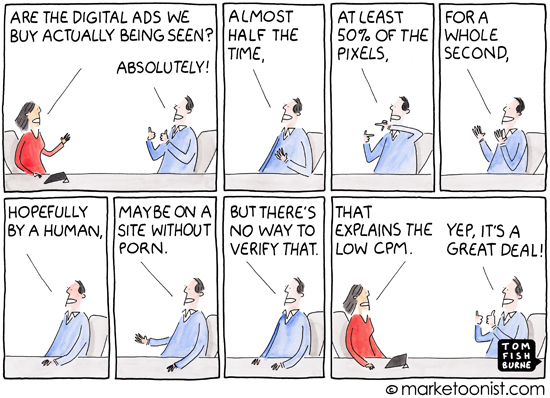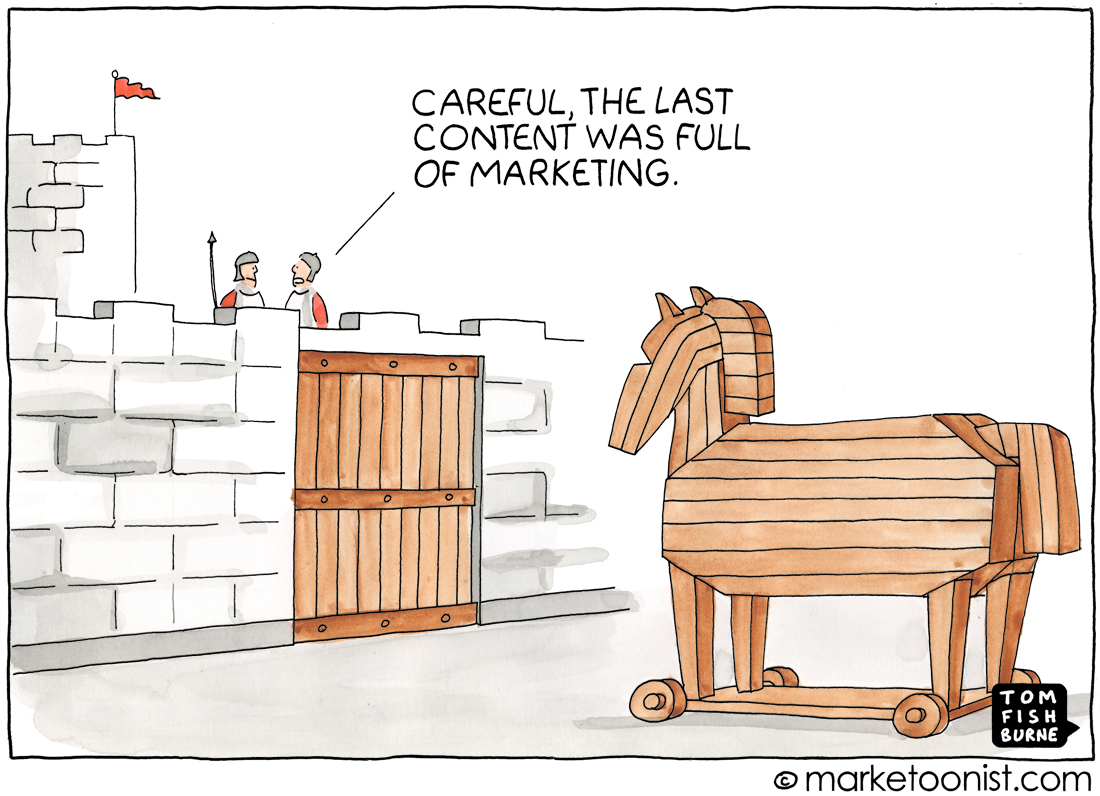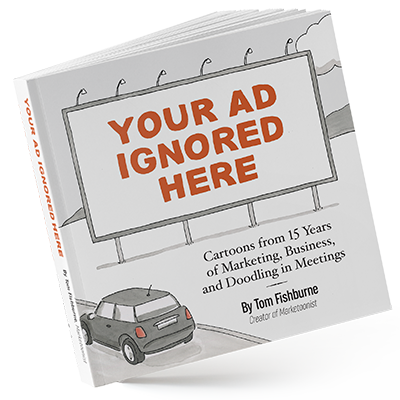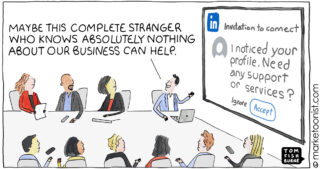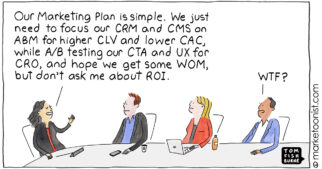There’s a funny conspiracy theory that the Internet secretly “died” six years ago — and is now mostly filled with bots communicating with other bots. As Kaitlyn Tiffany wrote in the Atlantic last year:
“‘Dead-internet theory’ suggests that the internet has been almost entirely taken over by artificial intelligence …
“YouTube, for a time, had such high bot traffic that some employees feared ‘the Inversion’—the point when its systems would start to see bots as authentic and humans as inauthentic.”
Kaityn described Dead-internet theory as a conspiracy theory, but writes “the theory feels true.”
Security company Barracuda Networks reported that only 36% of all internet traffic is human. The rest comes from bots — “good bots” (like search engine crawlers) and “bad bots” (ranging from fake traffic to advanced malicious bots).
Ironically much of the content available online is now also increasingly bot-generated, particularly content from brands — churning out headlines, articles, illustrations, product reviews, and even videos. Capterra reported that 82% of marketers agree that “content generated by AI or ML software is just as good or better than human-generated content.”
And yet, I found it funny that one headline for an article reporting this study read as if it were written by a bot: “82% of Marketers Say AI-Generated Content Is as Good as Human-Generated One.”
Even when made by humans, much of this content sounds bot-generated, created primarily with search engines and other algorithms in mind.
Occasionally, these bot tactics misfire publicly. Just this week, KFC Germany had to apologize for an automated marketing promotion they blamed on a bot. KFC uses automated push notifications to reach consumers with bot-generated content related to national observances. This week, the KFC bot decided to celebrate the somber anniversary of Kristallnacht: “It’s memorial day for Kristallnacht! Treat yourself with more tender cheese on your crispy chicken. Now at KFCheese!”
Most automated marketing content misfires are more benign than that. Much of it takes the form of clutter on top of clutter, which P&G CMO Marc Pritchard once described as “the content crap trap.”
Mark framed a continuum between “crap” and “craft” in marketing communications. He urged P&G marketers to focus on “craft” and raise the bar on creativity. Artificial intelligence can potentially help with that. But it can also accelerate a race to the bottom.
In a world of “content crap”, I think that “craft” can still stand out.
Here are a few related cartoons I’ve drawn over the years:
